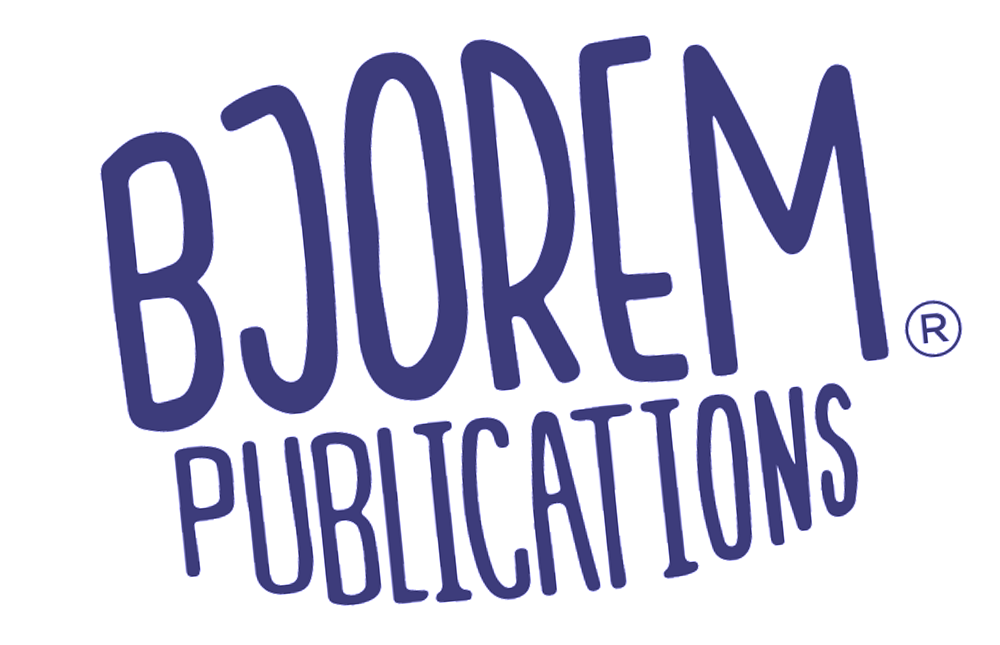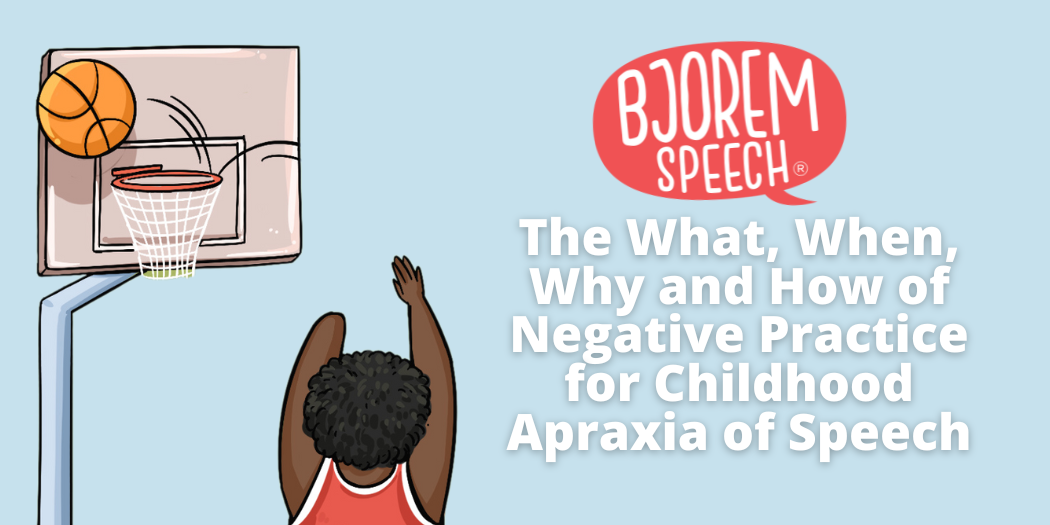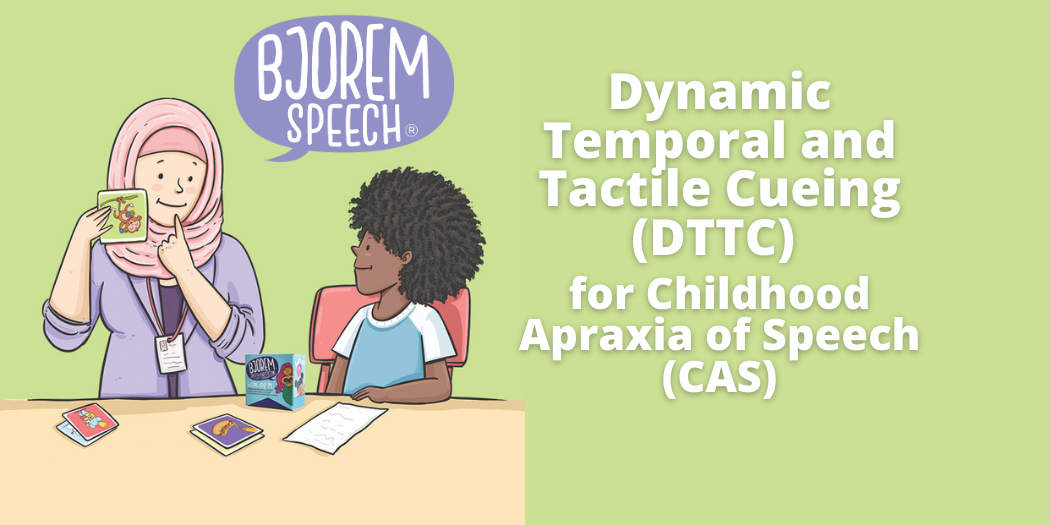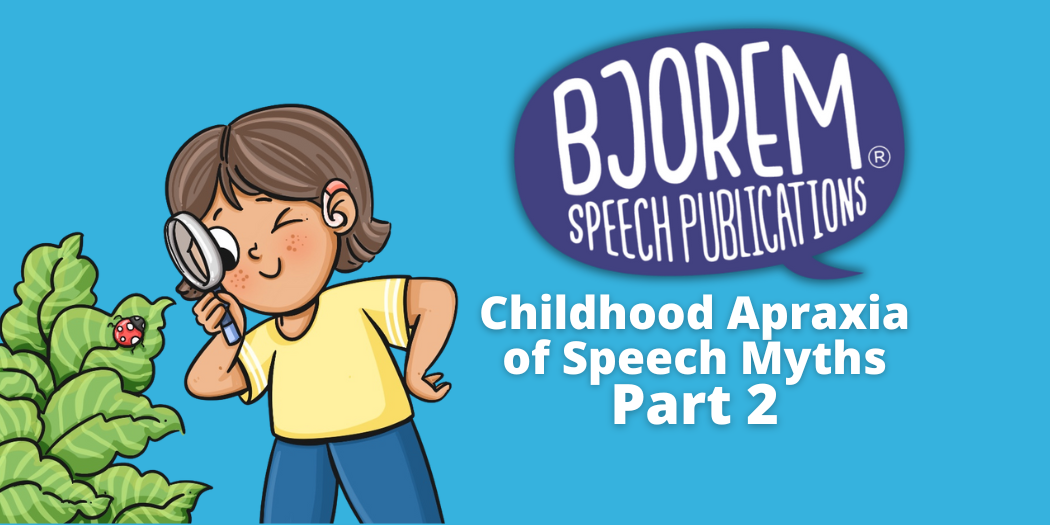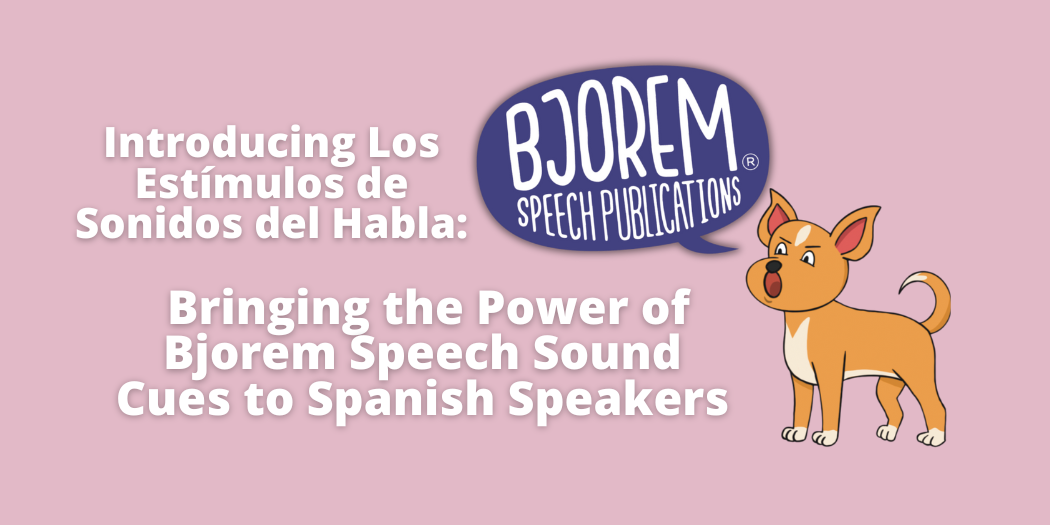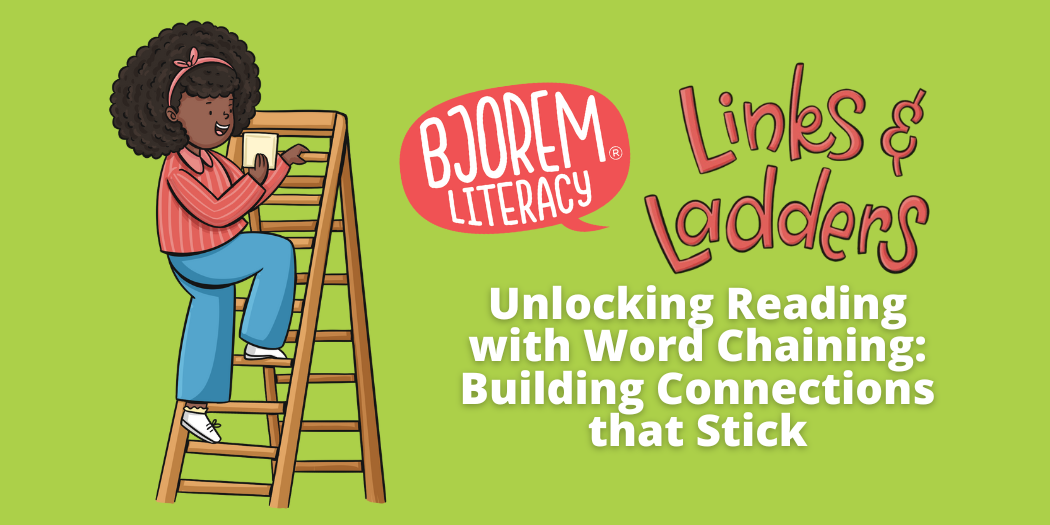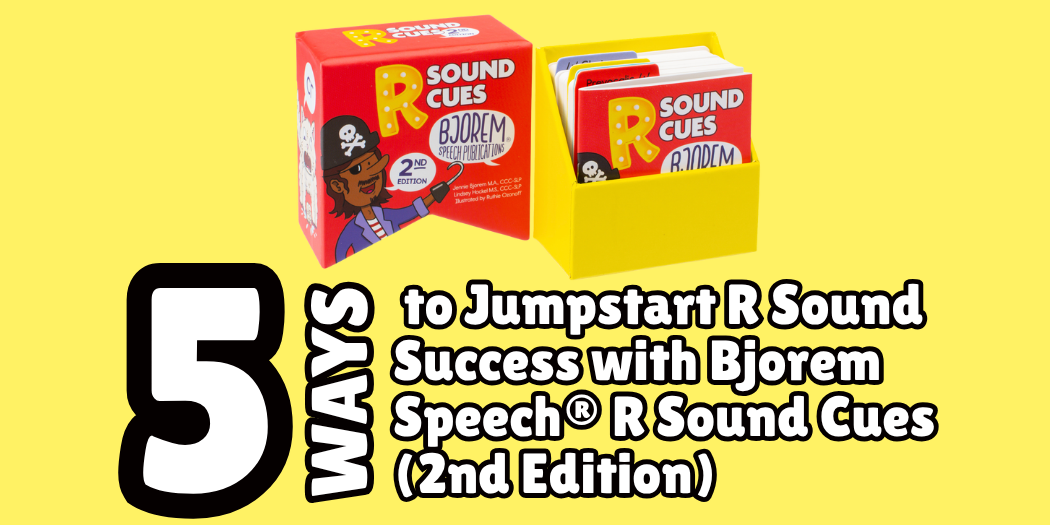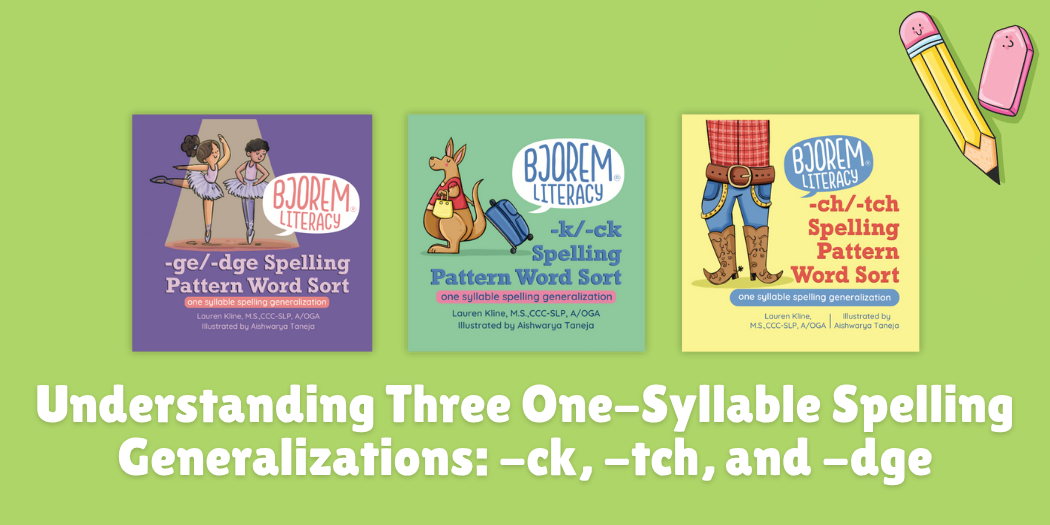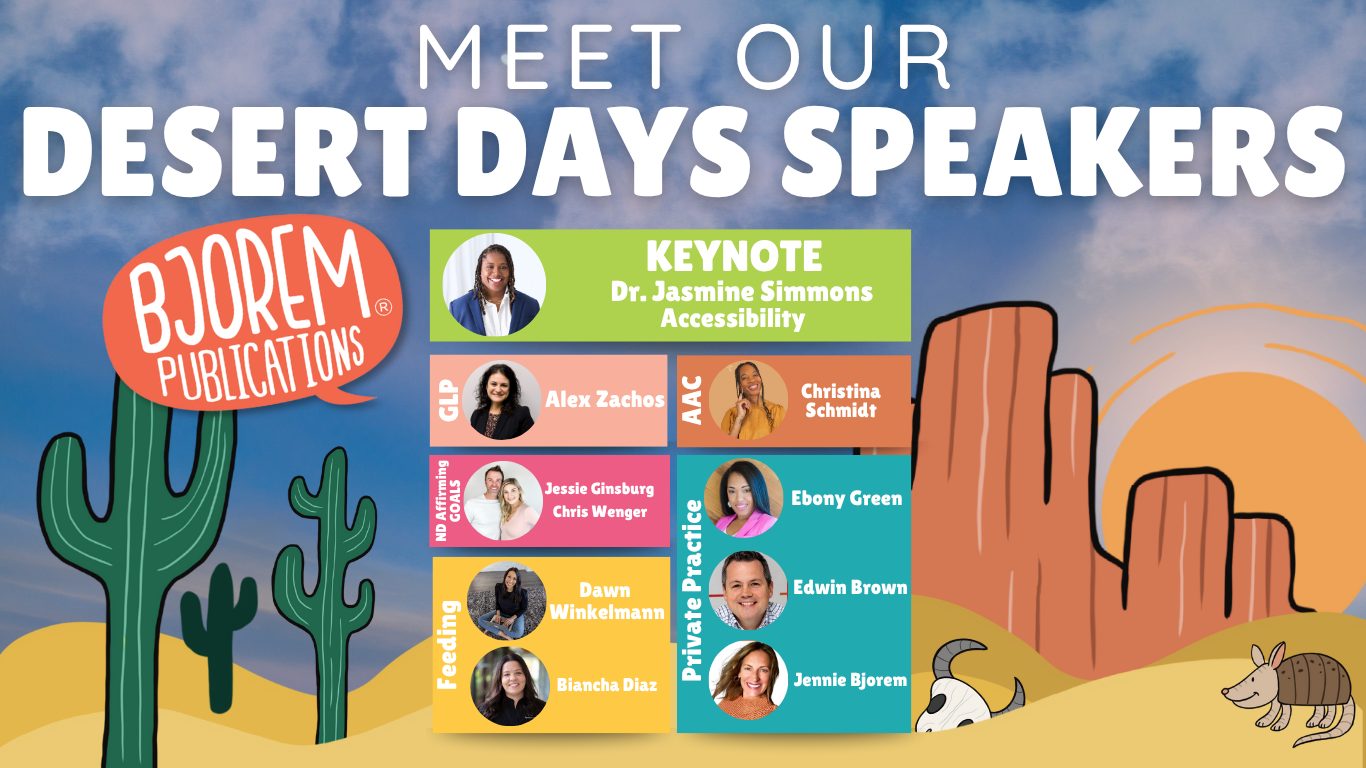Myths about CAS – Part 1
by Breanna Waldrup, SLP and Childhood Apraxia of Speech Specialist
When I was in graduate school in 2007, ASHA published their technical report on childhood apraxia of speech (CAS), which was a huge project compiling what was known about CAS at that time. The technical report helped to dispel a lot of myths, but there’s still a lot of misinformation out there. Let’s bust some of those myths!

Myth #1 – There is no such thing as CAS, people are mislabeling a severe phonological disorder
While many children with CAS use phonological patterns in their speech, the nature of the underlying deficit in motor planning and programming speech results in a variety of other errors that are not typically seen in children with phonological disorders. Prior to the 2007 ASHA technical report, other names such as developmental dyspraxia were used to describe the disorder. At this point, there is a solid body of evidence on the diagnosis and treatment of CAS, and there’s an ICD-10 code. CAS is a unique disorder and it exists.
Myth #2 – Children with CAS can’t have another speech sound disorder
There is nothing in the diagnostic criteria for CAS that excludes other speech sound disorders. Yes, we talk about differential diagnosis of speech sound disorders, but that doesn’t mean that a child can’t have multiple speech sound disorders. A child can have a phonological disorder and an articulation disorder. A child can have a mixed motor speech disorder (CAS and dysarthria). And children with CAS often have a phonological disorder and sometimes an articulation disorder.
When a child with CAS is developing speech, they're trying to develop their phonological system based on an inconsistent motor system, which may cause some disruption in the feedback loop in speech development. Babies hear the phonemes and the phonological patterns in their language and they start babbling using a variety of phonemes. However, those sounds pretty quickly start reducing to the phonemes and phonological patterns in the languages to which they are regularly exposed. Of course, motor speech development also impacts this – children tend to start with phonemes that are controlled by their jaw and they usually start with a consonant-vowel (CV) type of pattern, since that’s the most stable. As the child’s motor skills advance, they start using more advanced phonotactic shapes and phonemes and their use of phonological patterns decreases. However, if a child’s motor speech development is delayed or disrupted then they might not be able to necessarily advance to those more complex movements and patterns, and may exhibit a phonological disorder.
It's also possible that a child with CAS may also have an articulation disorder in the sense that they might also have a frontalized or lateralized “s” or a myofunctional component to their speech sound disorder. How we treat that is going to depend on the child and where they are in therapy.
To sum up, having one type of speech sound disorder does not necessarily exclude a child from having another type of speech sound disorder.
Myth #3 – Differential diagnosis isn’t that important because we treat all speech sound disorders the same
This is false. Diagnosis determines treatment. If a child’s speech sound disorder is motor-based, effective therapy addresses movement and is based on the principles of motor learning. CAS is a motor-based speech sound disorder so we must incorporate the principles of motor learning and use multisensory cueing to effectively treat it. Similarly, if a child has a phonological disorder and you do not address the underlying linguistic component, the child will not make optimal progress. And if a child has both a motor-based and linguistic-based speech sound disorder? Then we have to address both underlying issues.
We also can’t treat CAS like an articulation disorder. In the classic articulation hierarchy we start by teaching a sound in isolation. Starting in isolation is not helpful for children with CAS, who have disordered coarticulation. Sounds are produced differently in isolation than in syllables, words and phrases. If we're practicing in isolation then we're not accounting for that coarticulation and so we're often not teaching accurate motor plans or accurate sequences. We can't just combine two sounds in isolation to make a syllable - that doesn't account for the coarticulation. When we are treating CAS, we really want to be focused on the movement.
Another issue with treating all speech sound disorders the same is that children with CAS often need increased cueing. We use many cues that work in other speech sound disorders, like Bjorem Speech Sound Cues, placement instruction, sound metaphors, etc. But we also usually have to use even more cueing, such as tactile/touch cueing and simultaneous production.
Myth #4 – Children with CAS make slow progress
This one is tricky. First of all, what's the definition of slow? Second, there can be many, many reasons why a child is not progressing the way that we expect. Of course for a child with CAS, the degree to which their motor speech system is challenged is a factor. For a child who has a highly inefficient motor speech system, their rate of progress is likely to be slower than a child whose motor speech system is more efficient. However, another huge part of this is, is the child receiving the appropriate treatment so that the true nature of their deficit or challenge is being addressed? If the child is not receiving the appropriate treatment or not receiving the appropriate supports, then they will not likely be making their optimal rate of progress. There's a lot that goes into this as far as the type of treatment, the type of cueing, the targets that are being selected, the dosage/how frequently they're receiving therapy, what home carryover looks like, is the child regulated and able to engage in the therapy that's being provided to obtain maximum benefit, etc. But if we have a child that is regulated and engaged in therapy and is receiving the appropriate treatment at the appropriate dosage, then progress isn’t “slow.”
Myth #5 - Non-speech oral motor exercises help children with apraxia
Non-speech oral motor exercises (think: blowing horns, moving the tongue side-to-side, etc to increase strength and/or range-of-motion) are not a recommended treatment for children with CAS. We do not have any research evidence to support the use of non-speech oral motor exercises in the treatment of CAS. This has been revisited a number of times in the field of speech-language pathology, but we do need to make clear the difference between oral awareness and cueing for articulatory placement and non-speech oral motor exercises. In addition, I am not talking about myofunctional exercises for a child with an oral-myofunctional disorder (OMD). And yes, it’s possible for a child with CAS to also have an OMD.
Non-speech oral motor exercises in and of themselves have not been shown to improve speech for children with CAS. However, there are times that we might be using certain practices that may be confused with non-speech oral motor exercises. For example, if we're working on increasing oral awareness because we want to be able to cue a child how to use their articulators and they're not aware of their articulators and how to move them, then we may need to work on their proprioception of their articulators. This means knowing where their tongue, jaw, lips, teeth, etc are in space. We may work on oral awareness and proprioception using non-speech tasks, but the point these of non-speech tasks is to increase that awareness and hopefully to some degree control volitional control of those articulators.
The goal is NOT to strengthen anything or increase range-of-motion, because weakness is not a part of CAS. If the child increases awareness of their articulators that will not then cause an improvement in their speech, but we can then build on that skill to target a speech goal. For example, if my goal for a child is for them to say the word “up” and the child is not demonstrating awareness or volitional control of opening their mouth and moving their jaw up and down, then I might do some work with non-speech jaw movements, or parameters of speech. Not because there's weakness but to increase awareness and volitional control.
I’ll often use a preferred food on a spoon (like ice cream) and encourage the child to open their mouth as the spoon approaches their mouth as I say “open your mouth.” Once the child opens their mouth I’ll praise that (“you opened your mouth.”) and we’ll work on closing. Basically, they are moving their jaw in the way they would to mime the word “up.” Next, I start talking about vocalizing and saying “uh” when their mouth is open, then working on closing their mouth for the /p/. In this way I use some of the movement patterns that we established without speech and then we layer the voicing and speech onto that movement.
We build a foundation for movement by thinking about the movement that's required, practicing that if needed, then overlaying the speech on top of that. However, I always try the speech first and only break it down to the movement only if the child isn’t successful with the speech using multisensory cueing. It’s also incredibly important to note that if we stop with just the movement, the child isn't going to make that translation to speech on their own. If we want improvement in speech, we have to practice speech. The motor planning and programming and precision that's required to actually produce those specific phonemes for that word must be practiced and learned.
Summary
In this post, we tackled five myths about childhood apraxia of speech. We know that CAS is a unique speech sound disorder, although having CAS doesn’t exclude the presence of another speech sound disorder. It’s important to obtain an accurate, differential speech sound diagnosis so that we can provide an evidence-based treatment that is designed to address the underlying deficit(s) of the child’s disorder. If we do this and approach therapy in a connection-focused way, the child will likely make their optimal progress.

